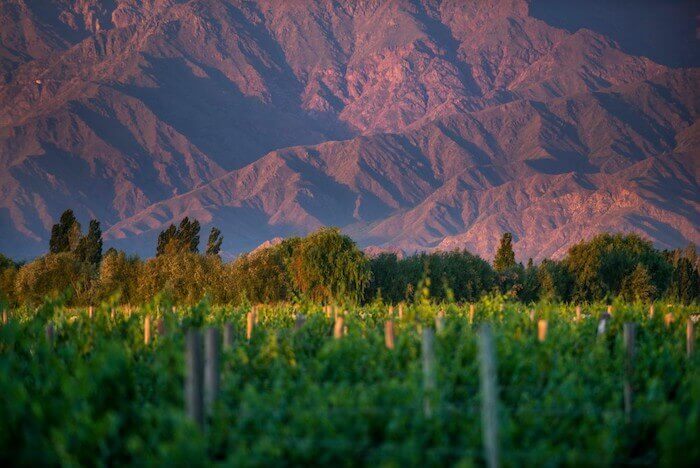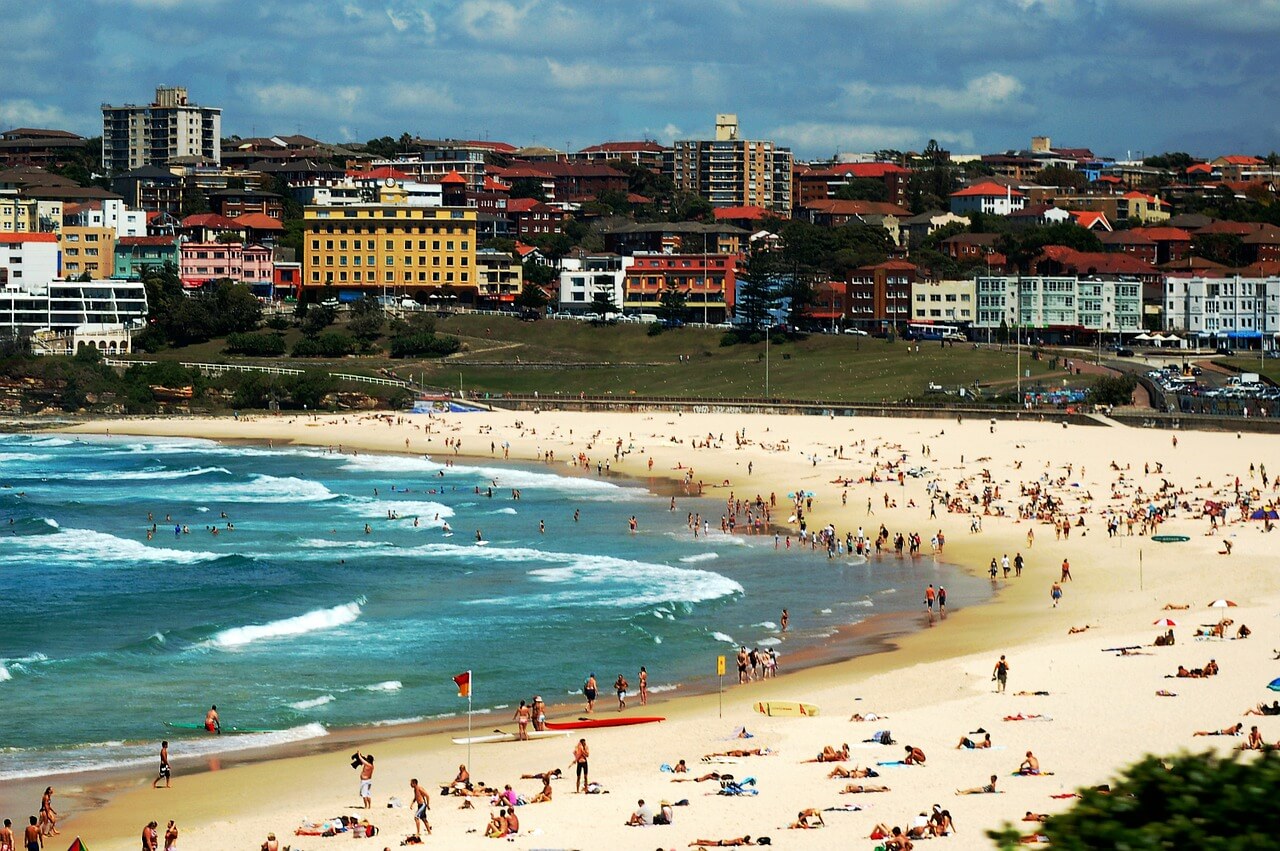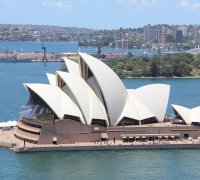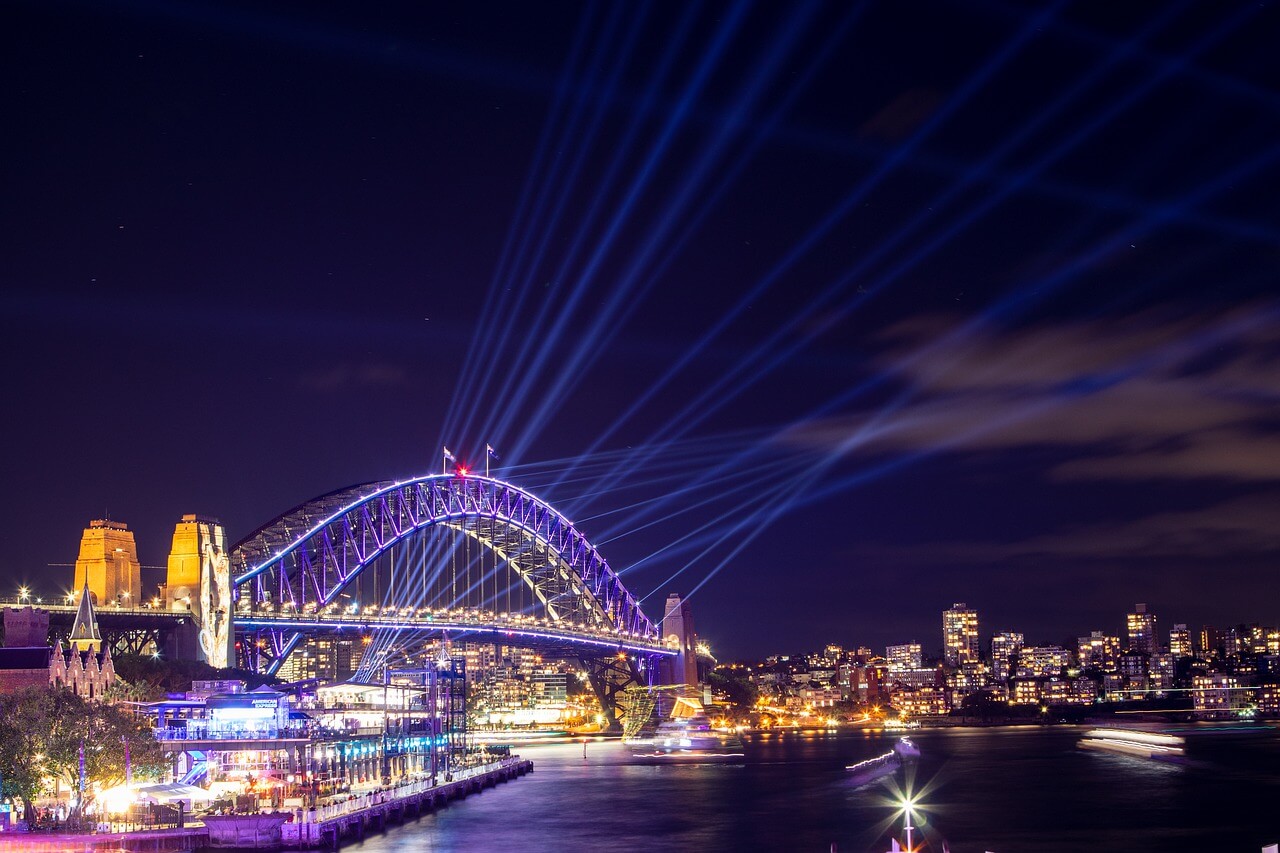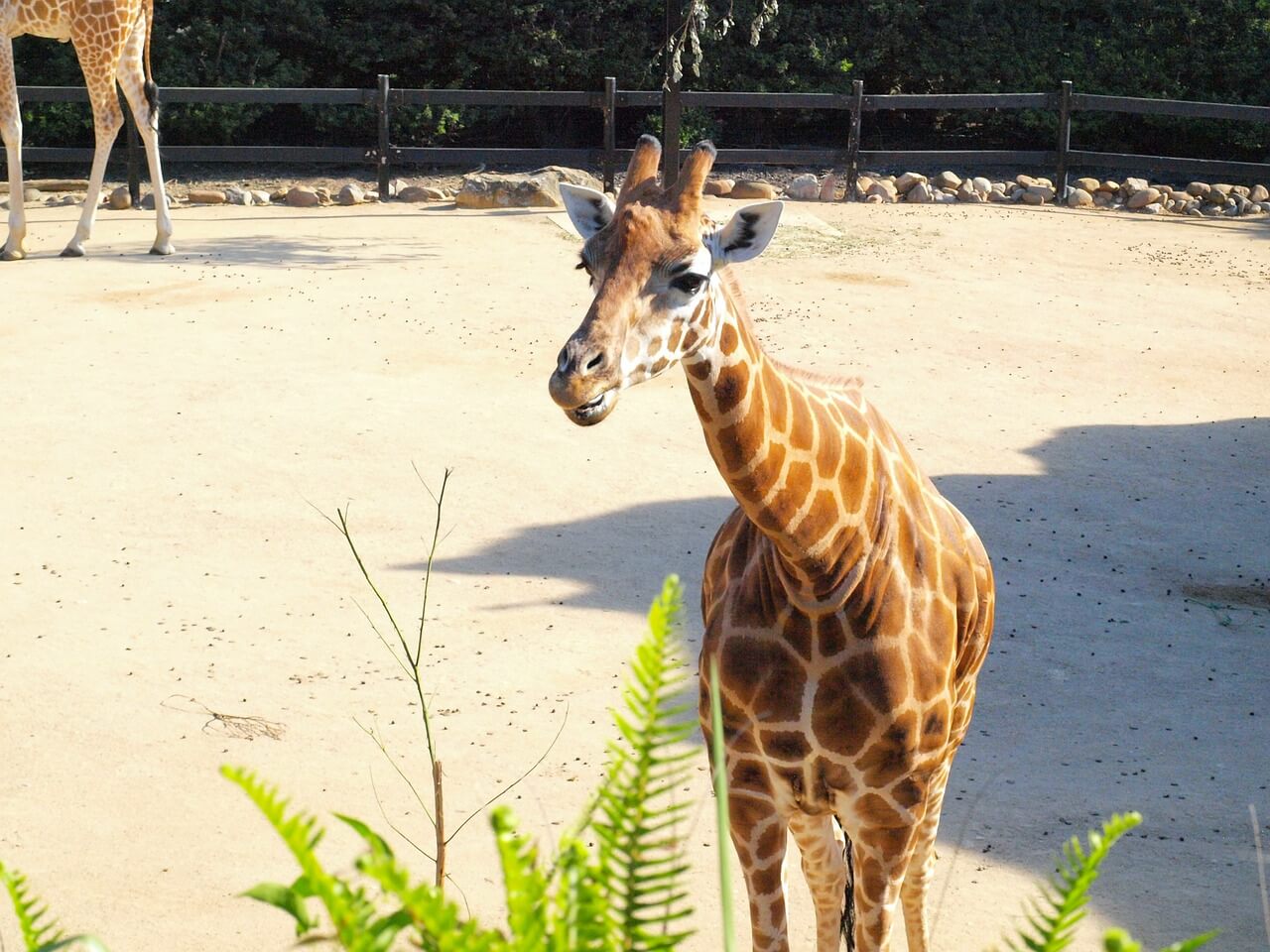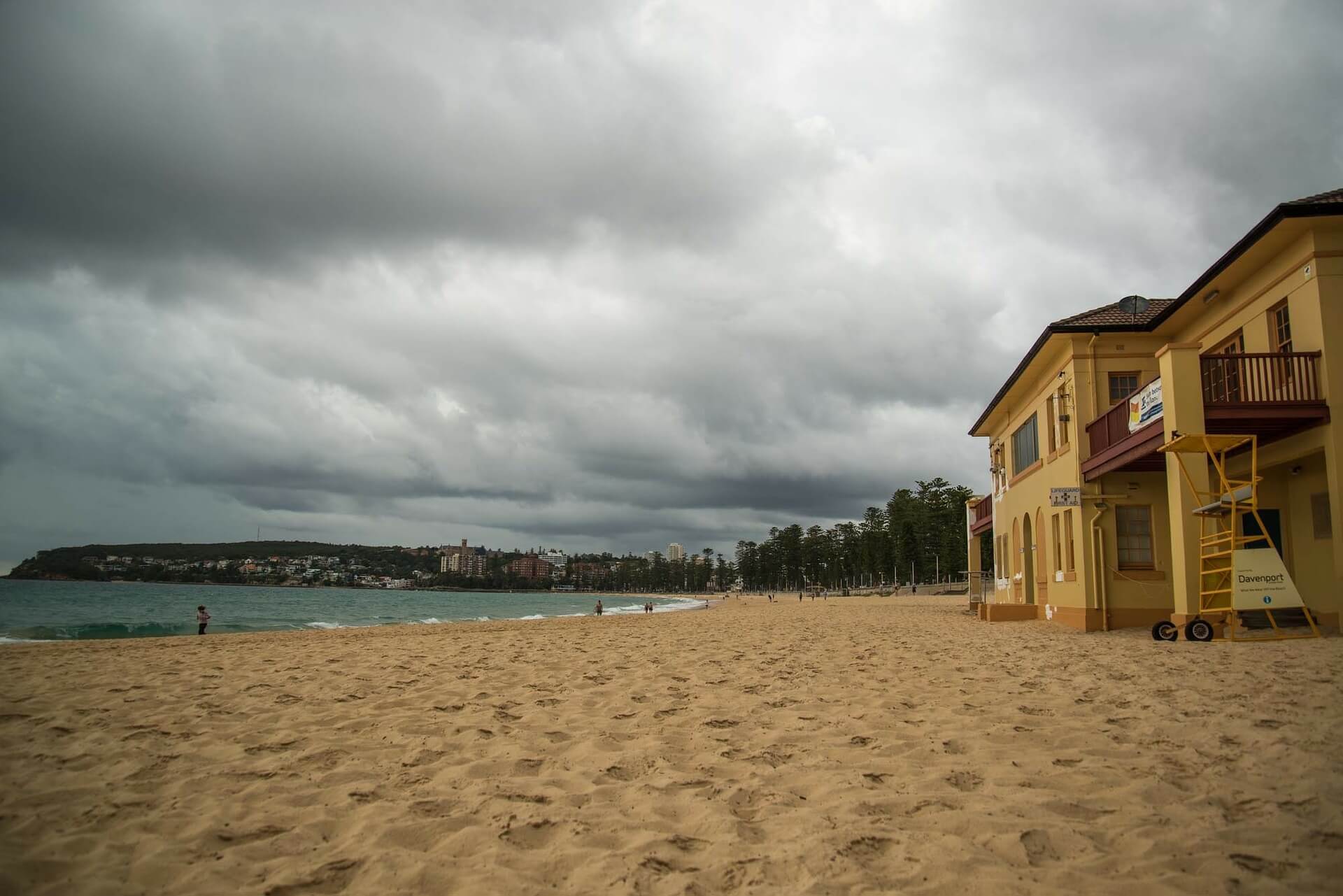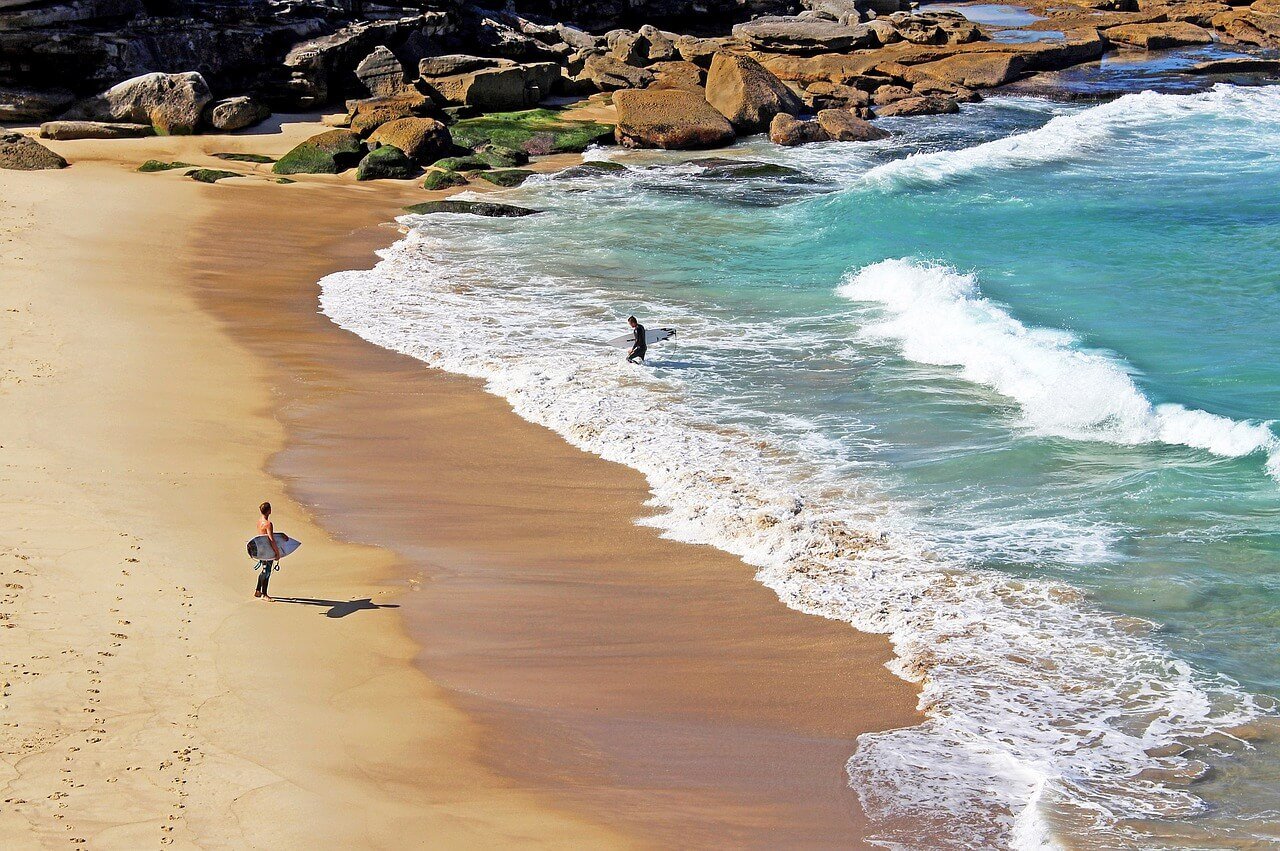There’s plenty of reasons to visit Argentina. The Andes beckon to hikers, while Buenos Aires calls to culture fans with its vibrant tradition of dance and performing arts. Adventure tourists needn’t look further than the awe-inspiring Parque Nacional Los Glaciares, not to mention the mysterious southern frontier of Tierra del Fuego.
Oh, and then there’s the wine.
There’s no shame in sloshing your way through Argentina, which competes with neighboring Chile for the Western Hemisphere’s best wine. Wine is produced throughout the nation, with each region offering its own flavors and character, not to mention opportunities for adventure beyond the bottle.
So brace yourself: wine-tour is coming.
Salta and the Calchaquies Valleys
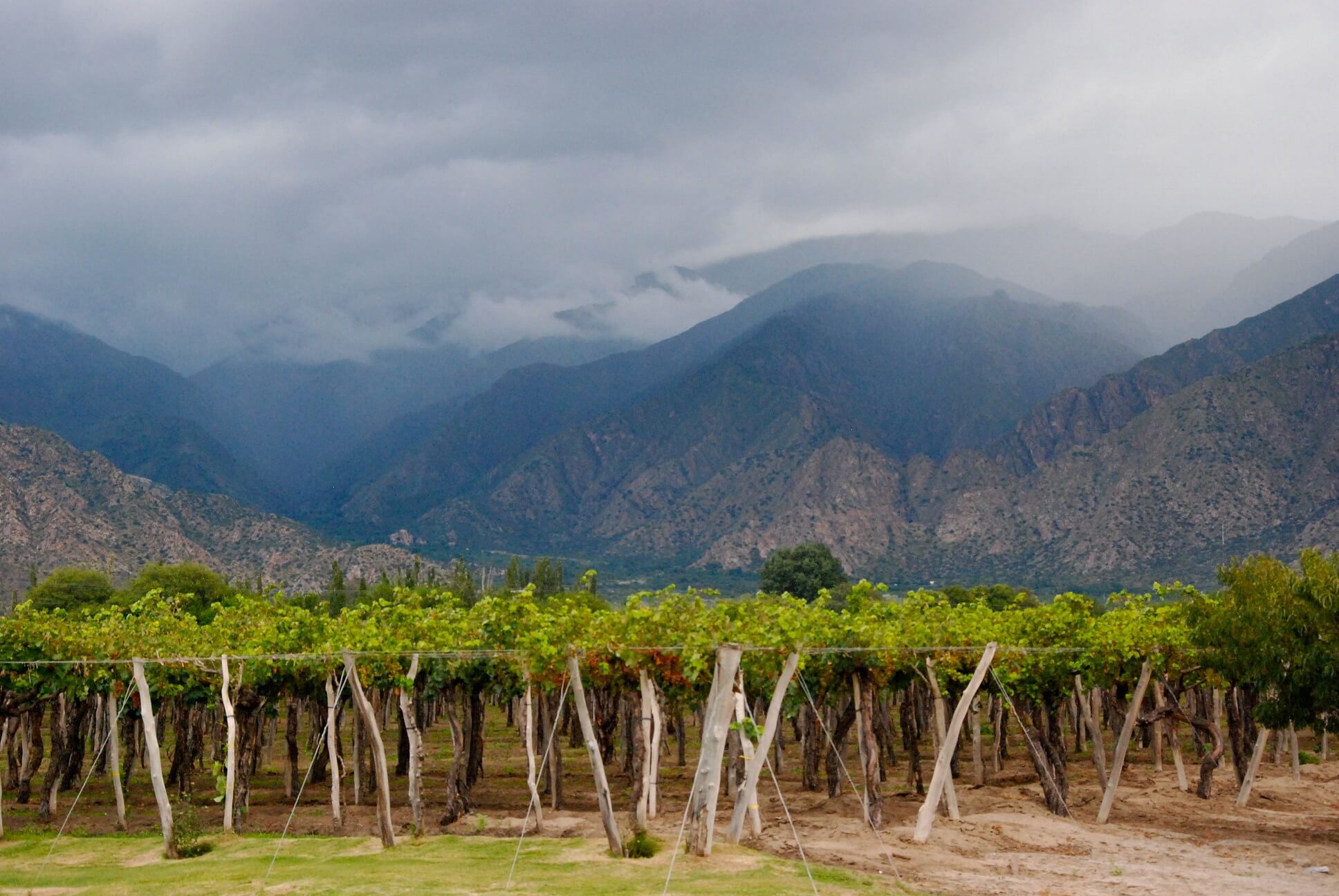
Argentina’s mountainous north west is brimming with opportunities for hikers, mountaineers and nature lovers. There’s no better base for exploring this wild landscape than Salta, the tourist hub of the north. Indeed, there’s good reason why locals often refer to this colonial city as Salta la Linda (Salta the Pretty). This well-preserved historic town has a dramatic Andean backdrop, and also happens to be one of the best places in Argentina to catch a glimpse of the country’s indigenous culture.
Wine lovers, however, should beeline for the nearby Calchaquies Valleys, which itself is arguably Argentina’s second largest wine producing region. The region is dominated by the Torrontes grape, which thrives in the cold, dry highlands of Calchaquies. These uniquely Argentine grapes make for whites with extraordinarily smooth textures and mild aromas. Expect aromas of peach and apricot that are perfect for fans of gentle, soft whites.
While you’re in the region, don’t miss the wine town of Cafayate, which is as mellow as a glass of Torrontes. While ideally you’ll want to rent a car to get the most out of the wide expanses of wilderness here, it’s easy enough to soak up the scenery on foot or by bike. Bicycle tours are wildly popular for a reason, and from Cafayate you can cycle between vineyards, stopping occasionally to sample those easy-to-drink Torrontes. Motorists and the more ambitious cyclists should consider hitting up either the Quebrada de Cafayate or Quebrada de Humahuaca – both of which are easily among the best drives in the country.
Catamarca
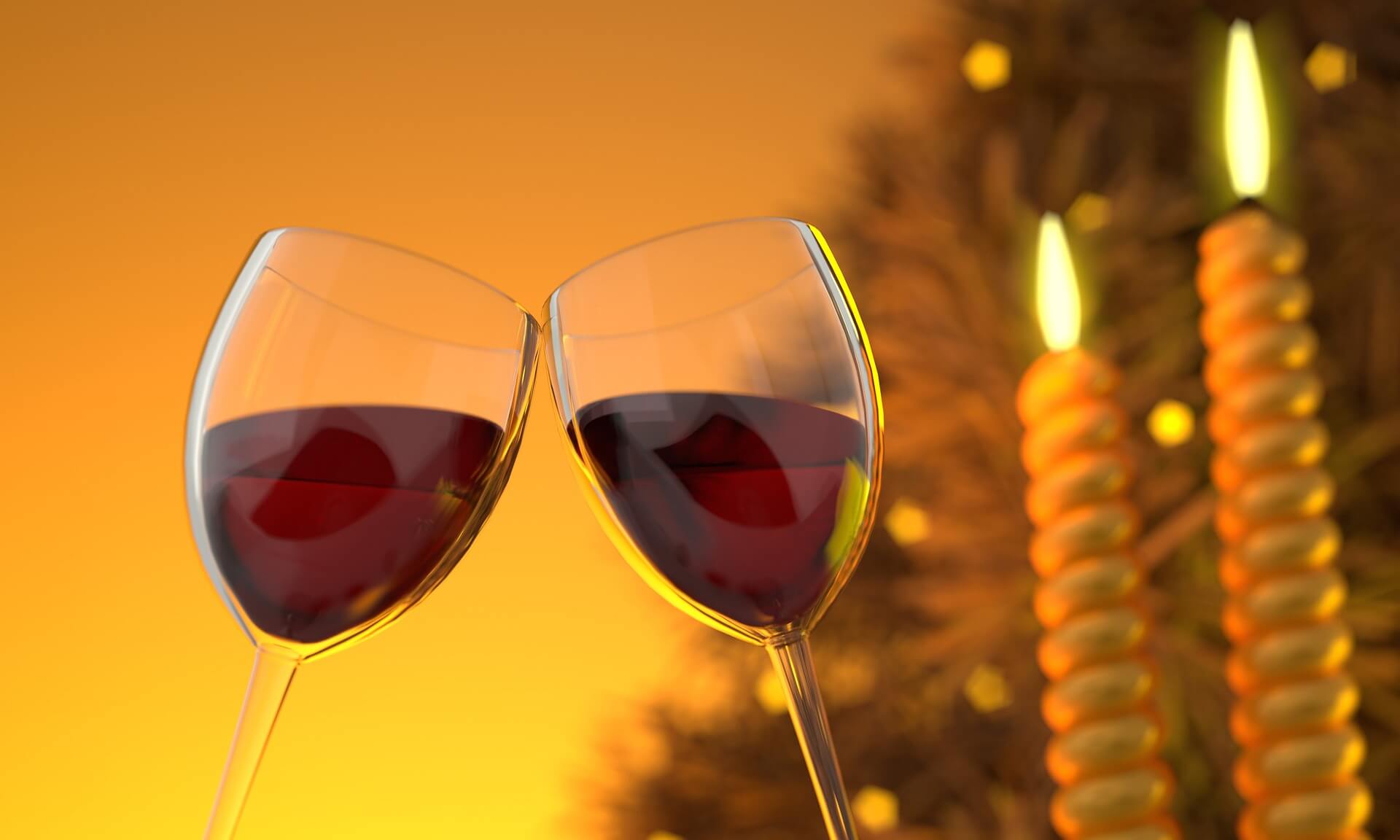
Also in the north west, Catamarca is far less established than Calchaquies and its surroundings. Until around a decade or two ago, this region was primarily known for producing raisins, with high quality wine grapes being largely out of the question for this remote region for most of its history. Dry, bleak and rocky, Catamarca just never seemed to be able to catch up to its bigger vino siblings, Salta and La Rioja. That all began to change a generation ago, when viticulture began to take root along the shoes of the Abaucan River. The tough, arid conditions in this distant corner of the country mean that vines produce few clusters, resulting in extremely limited harvests. However, it also means that the few grapes that do grow are of particularly high quality.
As with Salta, Catamarca is good for Torrontes, but the real reason to adventure out here is for the outrageously rich Syrah.
San Juan
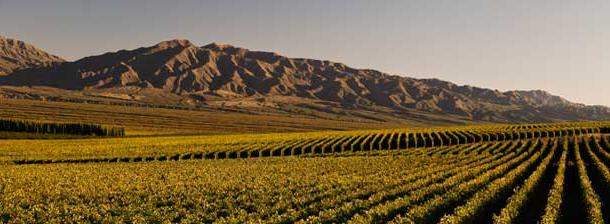
While Salta likes to claim it’s Argentina’s second largest wine growing region, San Juan churns out roughly the same amount of the good stuff. Whichever claims the silver medal in terms of raw output, it’s indisputable that San Juan is home to Argentina’s most elite wines. Hot and dry, San Juan has traditionally been known for its high quality (and high priced) reds, particularly Syrah and Bonarda (Charbono). Nowadays, however, Malbec and Viognier are gradually replacing the past generations of Bonarda and Syrah, making for an increasingly diverse region. Whatever you go for, expect intensity; San Juan is all about concentrated, almost overwhelmingly flavorful reds.
If you can drag yourself away from San Juan’s vineyards and wine bars for a day, do yourself a favor and check out the Ruta del Olivo. This popular tourist trail takes visitors on an adventure through the region’s other major industry, olive oil. Along with a lively museum, you can also visit the olive farms and factories to see every step in the oil manufacturing process.
Mendoza
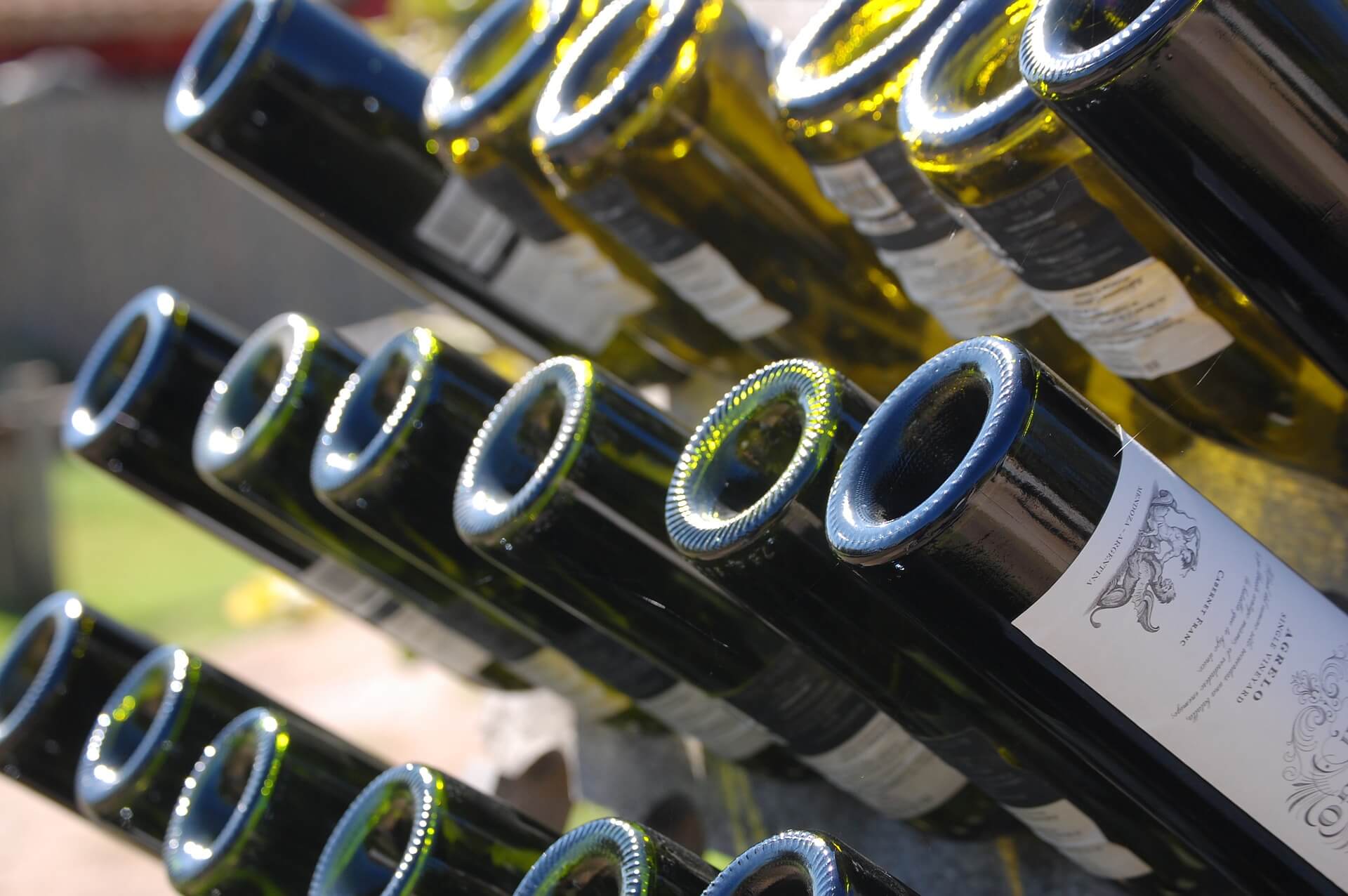
Argentina’s most well-known wine region consists of the twin districts of Valle de Uco and Lujan de Cuyo, and boasts over 300,000 hectares of glorious vineyards stretching from the base of the Andes to the far horizon. Over 1,200 wineries call Mendoza home, including many of the country’s most recognizable names, like Carmelo Patti and Clos de los Siete. Expect a massive variety, from Cabernet Sauvignons to Merlots, Torrontes to Malbecs.
Avid fans of Argentine wine should start at Bodega Catena Zapata and its unique, pyramid shaped winery surrounded by vines. This is the winery that put Argentine wine on the map in the early 20th Century, and their tours are some of the most informative in the region. The nearby Bodega Salentein likewise is steeped in history, and their vast underground cellar is worth a visit in and of itself. While you’re there, consider taking a side trip to Cacheuta in Lujan de Cuyo for the Parque de Aqua Termal. After a day of sampling the local produce, there’s no better way to mellow out than in the local thermal springs.
Rio Negro
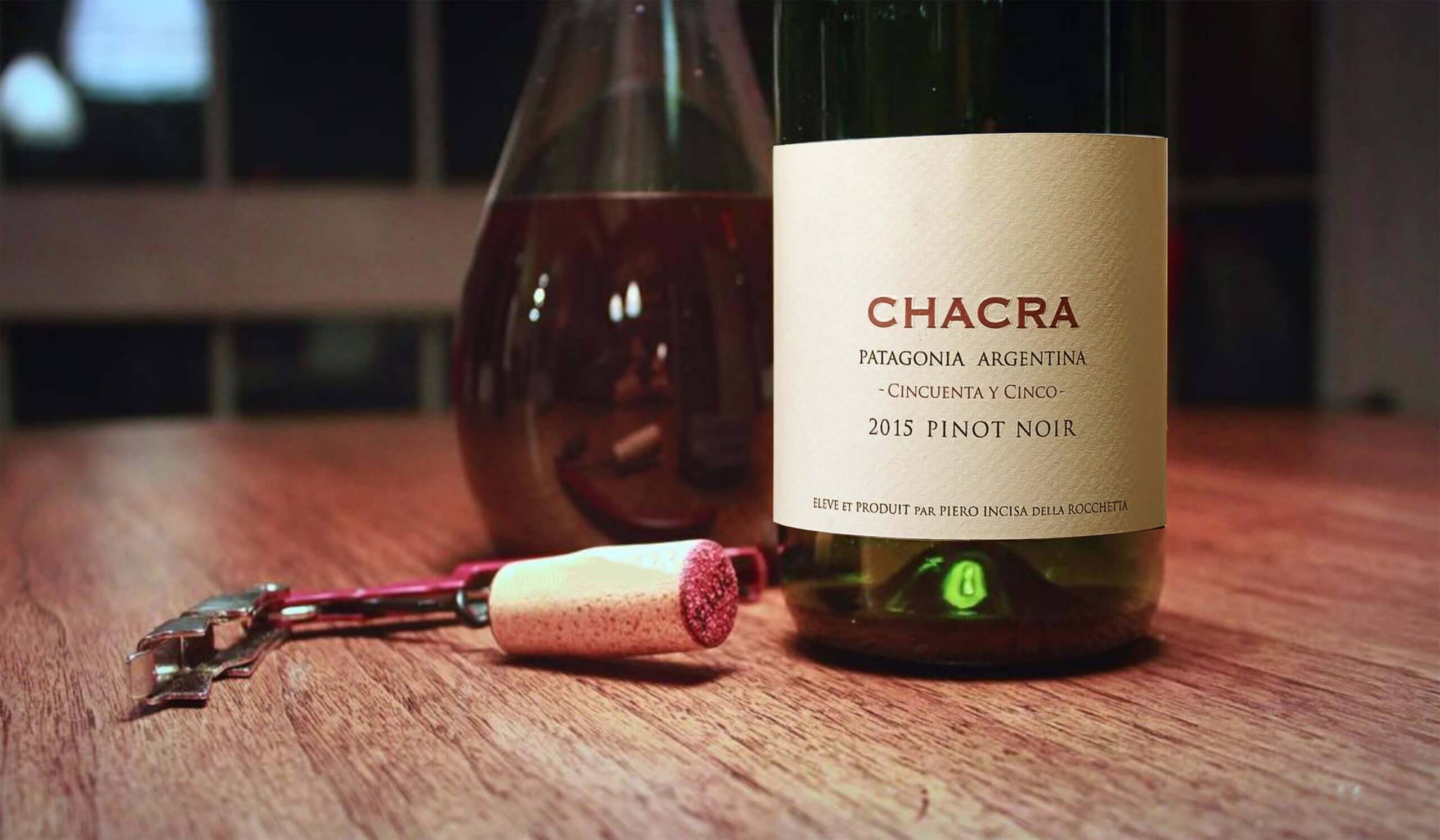
Located in the mid-south of the country, Rio Negro is the southern-most frontier of the Argentine wine world. Considerably cooler than other wine regions listed here, this is a land of Patagonian wilds centered around the river of Rio Negro. This river is created by meltwater from the Andes, which was exploited in the early 19th Century by British colonists. These pioneers dug out a network of canals on the flanks of the river, carving out a stretch of green in the otherwise harsh desert environment. Along with apples and pears, the region also produces grapes ideal for Sauvignon Blanc, Malbec and Pinot Noir. Of note are the whites here, which tend to feature unique, mineral-esque aromas that you won’t find anywhere else. This is especially true of the Sauvignon Blancs and Semillons. Bear in mind that viticulture is relatively new here, and as such wine tourism infrastructure is much more limited than what you’d expect from the likes of Mendoza, San Juan and Salta. You’ll also need a car, as distances between wineries are pretty considerable around here.
To travel the vast distances of this region, consider using the provincial capital of Neuquen as a base of operations. There isn’t too much to do here, though the Museo Nacional de Bellas Artes is worth a few hours of your time before you head out to the vineyards. In terms of wineries, Bodega Charca, Bodega Humberto Canale and Patagonia Vinos are all worth visiting.
